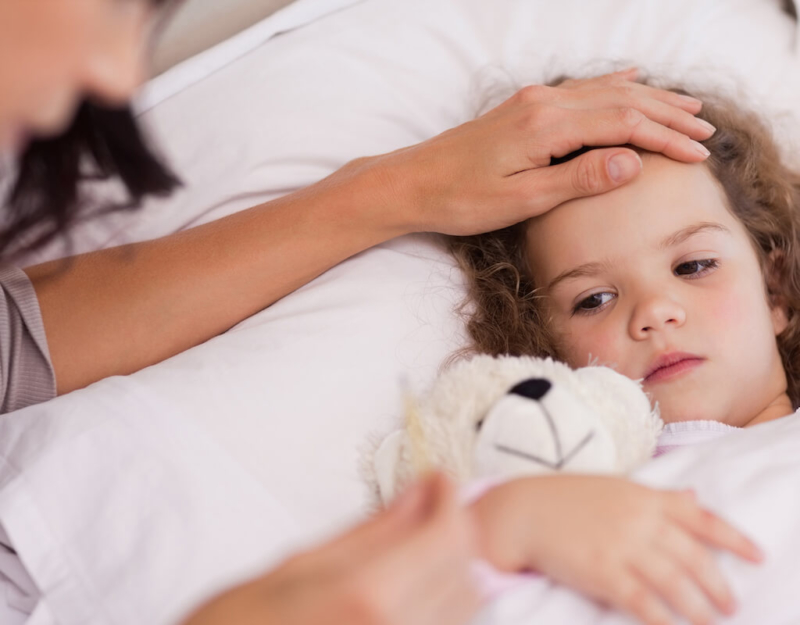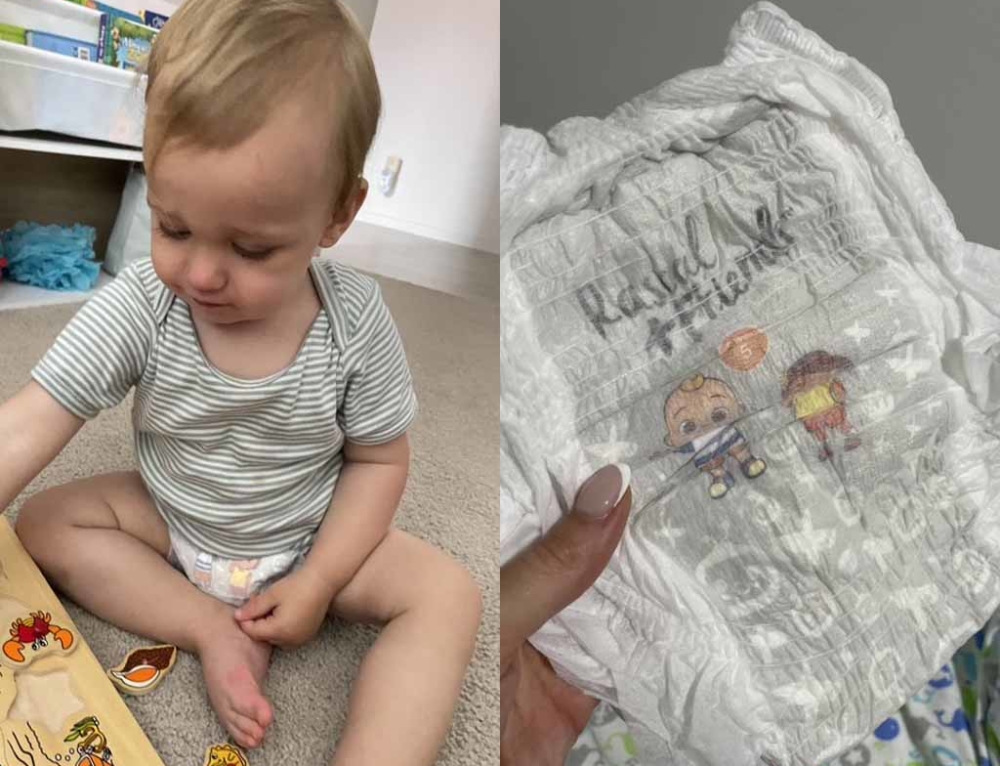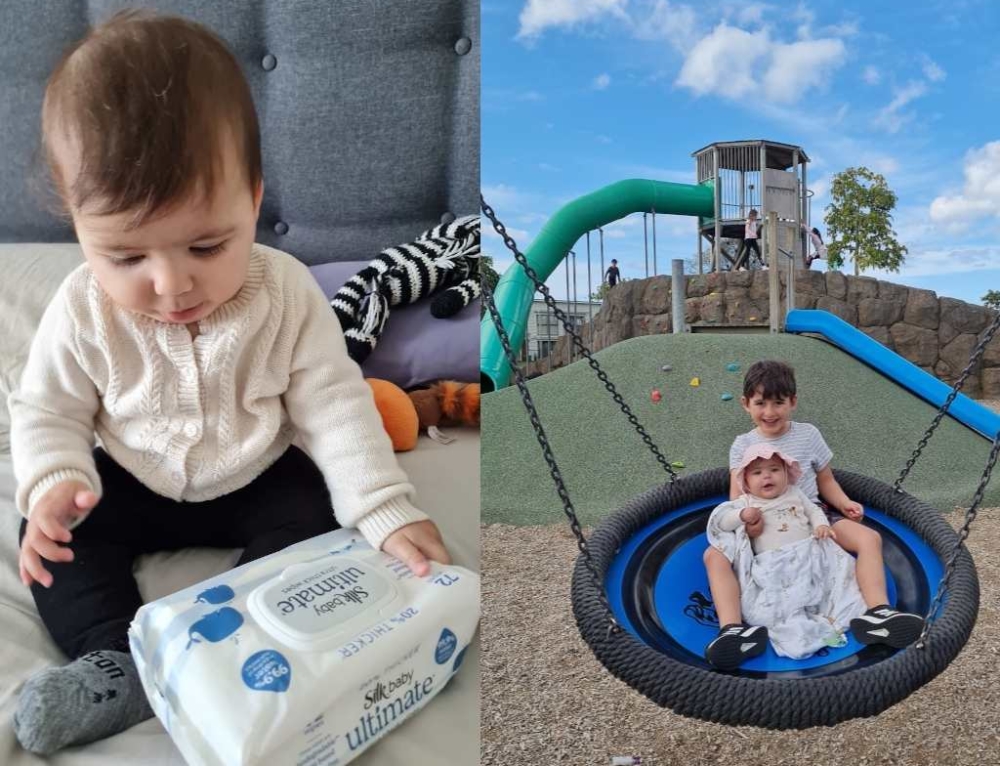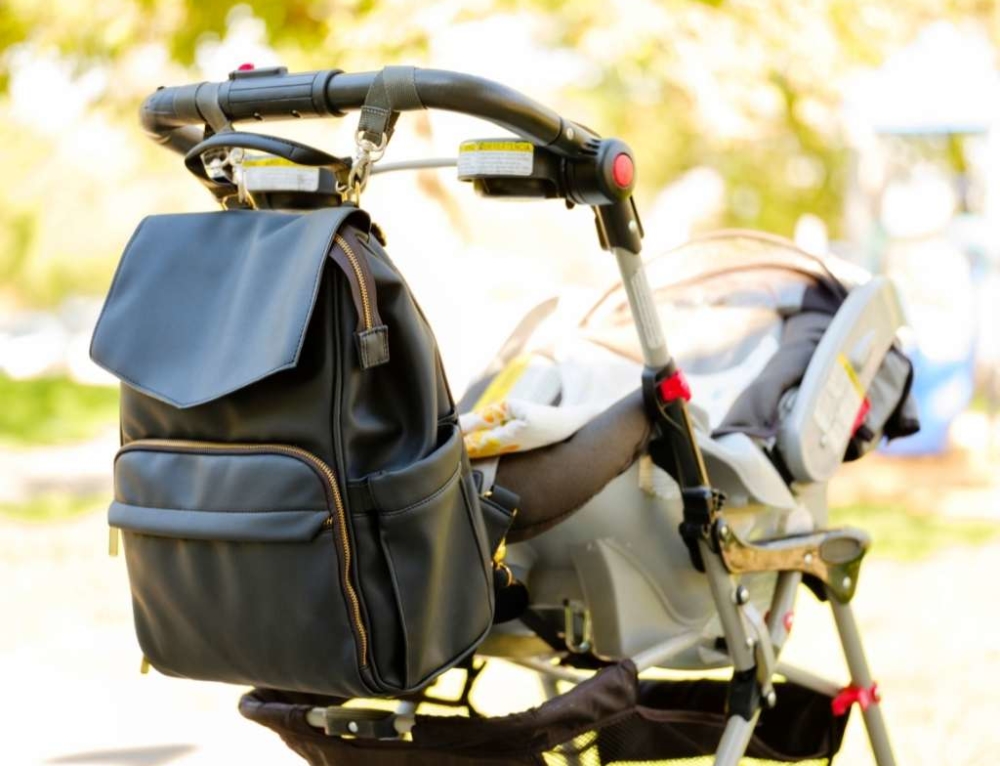Caring for sick kids can be very stressful, particularly if they are experiencing pain due to fever, toothache, ear ache or any of the many other common childhood illnesses that can cause discomfort.
Learning when to give pain relief and how to identify the analgesic you should use to address your unwell child’s specific symptoms will not only keep your child calmer, but it will also give you confidence in your ability to properly care for your sick child.
Pain relief and analgesics
The term analgesic describes any medicine that is taken to relieve pain. Also known as painkillers, analgesics do nothing to address the symptoms of pain, instead, they mask it to give temporary relief to the sufferer.
When to give pain relief
Knowing when to give pain relief can be difficult, particularly if you have a young child who is unable to tell you how he is feeling or to describe his symptoms. While every twinge and whinge doesn’t require an analgesic, generally symptoms that indicate your child is not well include:
- Drowsiness
- Irritability
- Crying
- Fever
- Rash
- Loss of appetite
- Vomiting
- Diarrhoea
When your child develops a fever, it is often the first clue parents get that their child is ill. A fever generally develops as the result of your child’s body fighting an infection, and so the appearance of a fever is not necessarily something to worry about as it’s the body’s natural reaction when fighting off infection and may even help the immune system to mature.
However, if your child’s fever or other symptoms of illness are causing him discomfort, administering an analgesic to reduce the symptoms is appropriate. Always read the label of any medicines, follow the instructions and ensure that the correct dosage is administered. Consult a doctor before giving medicines to children under 12 months of age.
Find more:
Active ingredients in pain relief
All over-the counter pain relief contain active ingredients that make them work in different ways, and so it’s best to administer a product containing an active ingredient that will specifically address your child’s symptoms.
-
Paracetamol
Paracetamol is particularly effective at reducing fever as well as post immunisation discomfort. In older children and adults paracetalmol is effective against the pain associated with headaches and tooth extractions. As there are a variety of liquid paracetamol products specifically designed for children in varying doses, it is extremely important that you always read the label to ensure you are giving the correct dose as directed.
-
Ibuprofen
Ibuprofen is a non-steroidal anti-inflammatory drug and pain-relieving (analgesic), anti-inflammatory and fever-relieving (antipyretic) properties. It is effective in the relief of pain associated with swelling and inflammation such as sore throats, earaches, tension headaches, strains and sprains as well as fevers, cold and flu symptoms. Ibuprofen can be taken on an empty stomach . Do not give ibuprofen if your child may be dehydrated due to vomiting or diarrhoea. Children with asthma should only take ibuprofen after discussion with your GP. There is a range of ibuprofen especially for children from 3 months to 12 years.
-
Antihistamine
Antihistamines work to block the symptoms of allergic reactions such as skin conditions including hives and contact dermatitis, hayfever, and allergic reactions to bites and stings. Side effects of antihistamines can include drowsiness, a dry mouth and an upset tummy. The drowsiness that antihistamines can induce has historically made it popular in putting children to sleep, however in some children antihistamines can have a stimulating effect. It is never advisable to administer a drug for any other reason than to address specific symptoms.
-
Codeine
Codeine is an opiod analgesic and is much stronger than paracetamol so should only be used to bring relief of moderate to strong pain. It’s generally not recommended for babies under 12 months. Codeine is excellent at controlling pain associated with acute earache, dental procedures, post-operative pain, soft tissue injuries and fractures. Side effects can include drowsiness and constipation. As it is an opiod, short-term use of codeine is advisable and under your doctor’s instructions.
-
Aspirin
Aspirin is not recommended for children under 16 years as this medication in children has been linked to the rare but often fatal Reye’s syndrome. Aspirin is also called ‘salicylate’ or ‘acetylsaliclic acid’ and can sometimes be found in other over-the-counter preparations, so always check with your pharmacist first before giving your kids a new analgesic.
IMPORTANT!
Call the Poisons Information Centre immediately on 0800 764 766 if your child has taken more then the recommended dose of any analgesic.
Treating a fever
All children, particularly young children, have less control over their body temperature and so when they become ill and develop a fever, their temperature can increase very quickly and reach dangerous heights where febrile seizures are possible. For this reason, along with the general discomfort that accompanies a fever, it is advisable to take steps to reduce your child’s fever as soon as you detect it:
- Give an appropriate analgesic in the correct dose to bring the temperature down
- Give plenty of fluids, particularly water
- Sponge the exposed skin with tepid water (cold water is usually too painful on feverish skin). Using a fan over the sponged skin will increase the cooling effect
- Don’t allow your child to become cold as this will cause shivering and shivering creates more heat in the body
- Keep your child in bed as he will need to have plenty of rest to recuperate properly
Healthline
Healthline is a free telephone health advice service that provides information, advice and support for parents and caregivers . Call 0800 611 116 anytime from either a landline or a cell phone.







Calling the Healthline has been very useful when in doubt. I’ve only called once but it helped to calm fears. Sometimes it takes time to get immediately to a GP. My rule is not to give medicine unless really specified by a doctor. Pamol is the only one I use for any pain.
Good information about the different types of medicine that you might encounter. I have had to call the poison line before, due to an accidental overdose. It wasn’t by much but was best to check. They were super helpful and reassuring too which was great for this panicked mum! My take-away from that was always check dosage. I had accidentally used my eldest’s pamol instead of baby’s.
Two of my children took pain relief with no problem but my third I struggled with he had a temp of 39-40 he still would spit it out ever where I’m not sure if he hated the taste. We once ended up in hospital and he spat the panadol all over the nurse he was so stubborn. I have also used healthline and found them great at giving information on the kids.
I don’t really like giving our daughter medicine unless she needs it – that’s not to say I will make her suffer and not give her meds of course! With teething when she was younger I used Weleda Teething Powder, was awesome and natural. I also give her Vitamin C daily and am sure that helps to keep away alot of colds etc